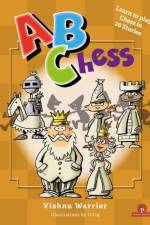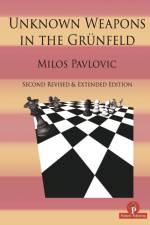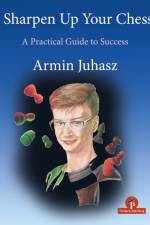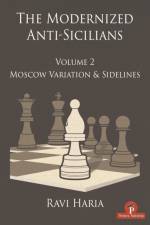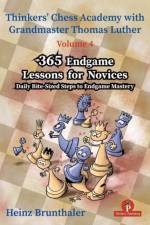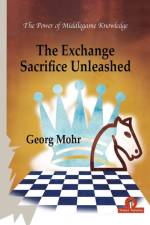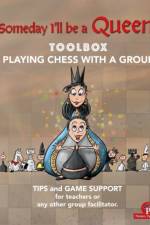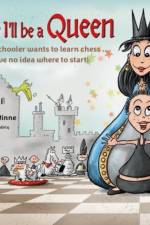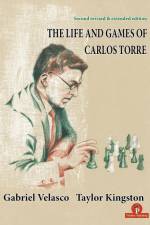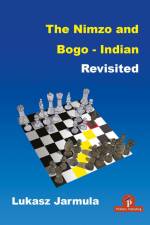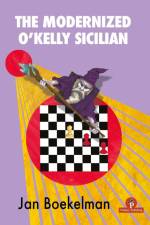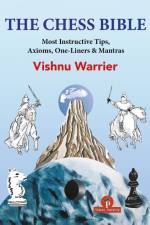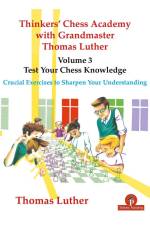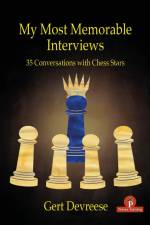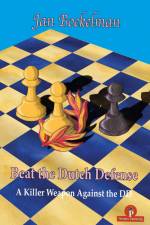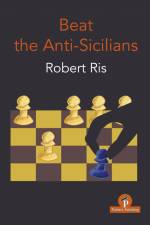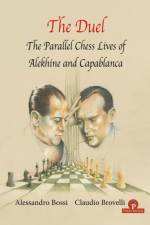av Georg Mohr
401 - 481
The book you have just started reading isabout a very interesting and difficult concept: the exchange sacrifice. This isthe moment in chess when basic mathematics breaks down, the moment when 3counts equal to or even more than 5. So let us leave the mathematics aside andtry to figure out why this simple calculation is so difficult to understand.The answer is largely hidden in psychology, as the ninth World Champion, TigranPetrosian, has often told us, as the man who brought this strategic-tactical chessconcept to its first peak. Chess beginners were taught the value of pieces bytheir teachers (parents, grandparents, perhaps at school or even later in thebeginners¿ sections of chess clubs). We explain the difference between piecevalues to children in the simplest way possible, with the help of a unit ofmeasurement, and in chess those units are the pawns. They tell us that a rookis worth five pawns (units) and a knight and a bishop are worth about threeeach. They also tell us to always be careful, especially during exchanges, toensure we take at least as much from our opponent as he or she took from us.So, one rook at a time, perhaps for a bishop and a knight next to two pawns.This ¿chess thinking¿ is done quickly and very strongly subconsciously in most,one could even say all. Therefore, when choosing moves, we will automaticallyreject unfavorable exchanges. But who trades a queen for a knight, a bishop fora pawn, and the like? We know from our own life experience that it is better tohave ten coins in our pocket than three, and I prefer three to one! Thispsychological barrier is the most difficult step in making the decision tosacrifice. And so it is with the sacrifice of an exchange. Five for three, thatis! Even five for four, if we get a pawn for the rook along with the knight orthe bishop. ¿I am not stupid,¿ you think. The Exchange Sacrifice Unleashedbrings different games or coaches try to explain this and that to us, we seethat a material advantage is not always something to celebrate about.

